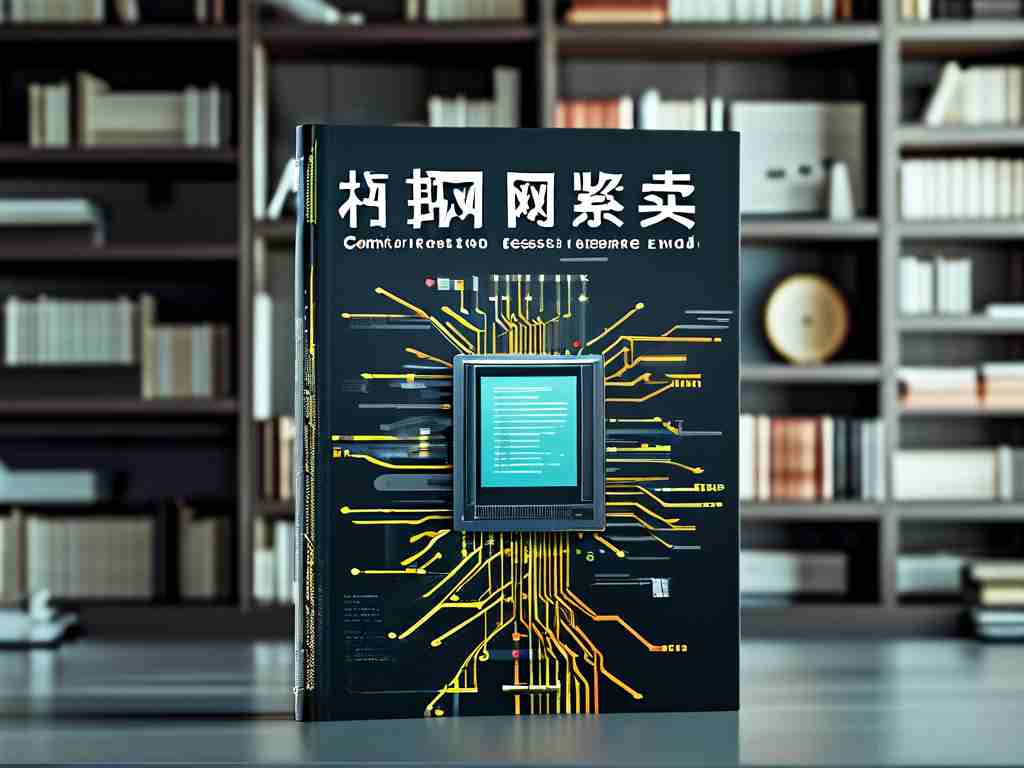As digital transformation accelerates globally, understanding network fundamentals becomes crucial for IT professionals. eNSP (Enterprise Network Simulation Platform) emerges as an essential tool for mastering computer network concepts through practical implementation. This article explores how foundational textbooks combined with eNSP create effective learning pathways.

The convergence of theoretical knowledge and hands-on simulation addresses a critical gap in networking education. Traditional textbooks often struggle to illustrate dynamic network behaviors like routing protocol interactions or VLAN configurations. eNSP bridges this divide by enabling learners to build virtual networks mirroring real-world topologies. A typical chapter in network fundamentals books now incorporates eNSP lab exercises – readers might configure OSPF areas while observing live routing table updates through the platform's visualization tools.
Three core competencies develop through this blended approach:
- Protocol comprehension (watching STP recalculate paths during link failures)
- Troubleshooting skills (using eNSP's packet capture to diagnose DHCP issues)
- Design thinking (building redundant architectures with VRRP and MSTP)
Advanced features in eNSP particularly benefit learners. The WLAN simulation module allows experimenting with wireless controller configurations rarely possible in physical labs. When studying AAA authentication from textbooks, students can deploy RADIUS servers in eNSP to test 802.1X scenarios. Such experiments transform abstract concepts like EAP authentication frames into tangible learning experiences.
Industry certifications like HCIA increasingly emphasize practical skills. A recommended study method involves:
- Reading textbook chapters on specific protocols
- Recreating network diagrams in eNSP
- Using CLI command references to implement configurations
- Comparing results with textbook-described behaviors
This methodology proves particularly effective for complex topics. When learning about BGP route selection, learners can simulate multiple AS environments to observe attributes like LOCAL_PREF and AS_PATH in action. The immediate feedback loop helps cement theoretical concepts that might otherwise remain obscure.
Common challenges include version compatibility (ensuring eNSP matches textbook examples) and hardware resource allocation. Seasoned instructors recommend:
• Allocating 8GB+ RAM for multi-device topologies
• Using eNSP v1.3.00 with VirtualBox 6.0 for stability
• Starting with basic switching labs before progressing to MPLS VPNs
Emerging trends show textbooks integrating augmented reality features. Scanning a page about VLAN trunking might launch predefined eNSP configurations. This symbiotic relationship between static content and dynamic simulation represents the future of network education.
For educators, the combination offers measurable benefits. Class assessments reveal 40% higher retention rates when using eNSP-enhanced materials compared to lecture-only approaches. Corporate training programs report technicians resolving network issues 30% faster after completing simulator-based curricula.
Ethical considerations remain important. While eNSP provides enterprise-grade simulation capabilities, users must adhere to license agreements and avoid replicating production network configurations without authorization. Textbooks increasingly include chapters on lab environment security and ethical hacking principles.
Looking ahead, the integration of AI assistants with eNSP presents exciting possibilities. Imagine textbook algorithms that automatically generate troubleshooting scenarios based on a learner's progress, or smart lab coaches that suggest configuration optimizations during practice sessions.
Ultimately, the marriage of authoritative networking textbooks with robust simulation tools like eNSP creates a powerful ecosystem for skill development. As networks grow more complex, this dual approach ensures professionals can transition seamlessly from theoretical understanding to operational expertise.









